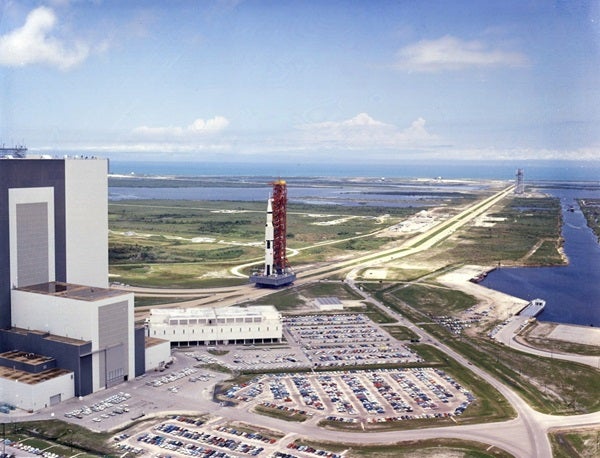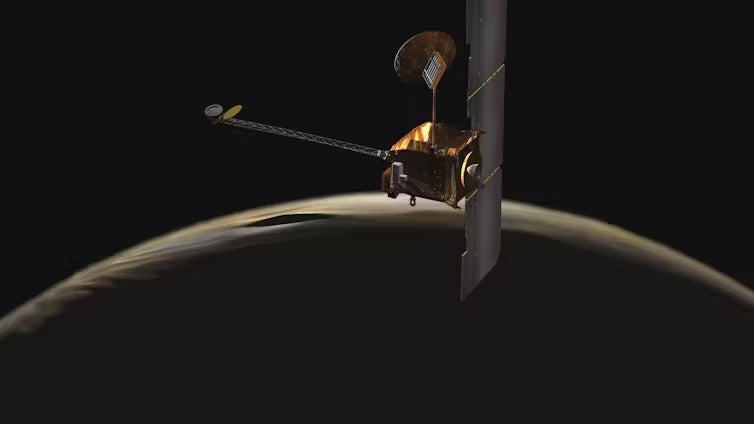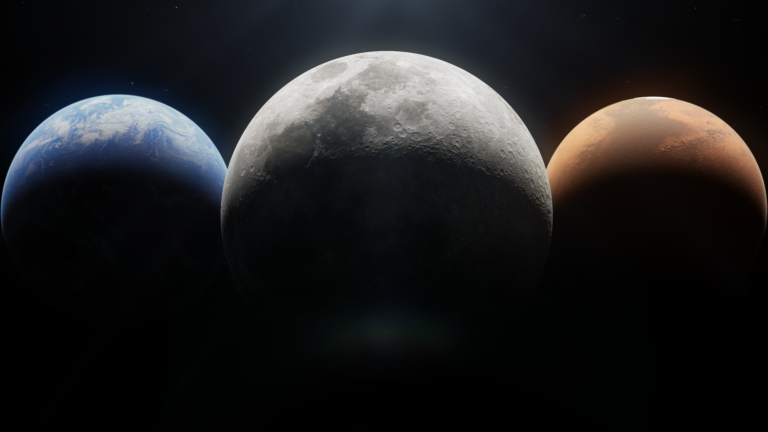NASA built the Saturn V rocket to take humanity farther than we’d ever gone before: the Moon. But as impressive as the Saturn V was, its power has been overblown in a certain internet rumor that turns out to be more fiction than fact.
In addition to its long list of accomplishments, it’s been claimed that Saturn V was so loud that it managed to melt concrete and set grass on fire. But this rumor has officially been put to rest in a new paper published Aug. 23 in The Journal of the Acoustical Society of America (JASA).
Most powerful rocket ever
It’s not hard to imagine where this falsehood came from; Saturn V was the most powerful rocket ever successfully launched into orbit. And its list of accomplishments is pretty legendary.
NASA
An uncrewed version of the rocket was tested during Apollo 4 and Apollo 6 in 1967 and 1968, respectively. And later in 1968, Saturn V ferried its first crew of astronauts around the Moon (without landing). The next year, Saturn V helped carry the lunar lander to the Moon as part of the Apollo 10 mission. And finally, on July 16, 1969, this impressive rocket brought humanity to the surface of another world for the very first time. Six more crewed mission ventured to Luna via the Saturn V, and the rocket was even used to send the Skylab space station into orbit during its last launch in 1973.
But back to the myth. While the rocket was undoubtedly extremely loud — the paper found it reached acoustic levels of around 203 decibels, or the equivalent of over 10,000 aircraft engines — it was nowhere near powerful enough for those sound waves to melt concrete or start grass fires.
According to the researchers, what probably happened, if these reports bare some truth, is that radiative heating from the rocket’s plume or debris caused the phenomena.
“The Saturn V has taken on this sort of legendary, apocryphal status,” said author Kent L. Gee, of Brigham Young University in Provo, Utah. “We felt that, as part of the JASA special issue on Education in Acoustics, it was an opportunity to correct misinformation about this vehicle.”
Soon enough, Saturn V will be surpassed in both power and noise by NASA’s Space Launch System during Artemis 1, scheduled for its first launch Aug. 29. But don’t hold your breath. This next-gen spacecraft won’t be loud enough to melt the pavement either.










